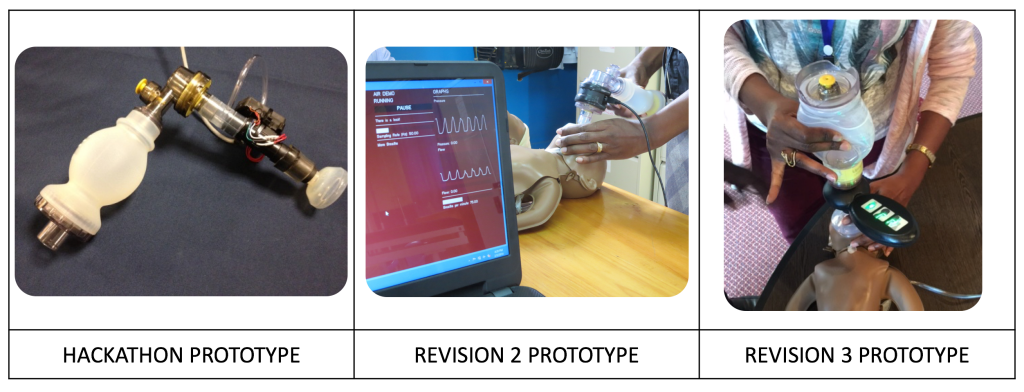Our team iterates. Iteration lets you to test assumptions and improve through feedback. It can be humbling to receive honest feedback, but feedback and subsequent iteration is the best way to converge on a successful design.
Ben Einstein, the co-founder of the Bolt Hardware Accelerator described it well:
“A good company builds one product, learns from its customers, and iterates to make that product exceptional. Each step in the process is designed to refine a product and find the often elusive “product/market fit” that is the basis for all successful startups.”
In the most general terms, you are trying to find your way from a problem to a solution. Some problems have technological solutions. Some problems have social solutions. Sometimes the solution to a problem is a checklist. In some sense, you are trying to bridge a gap.
Our design process is similar to HUMAN CENTERED DESIGN. The IDEO HCD framework has 3 steps: Hear, Create, Deliver. We break it down into a few more steps: Ask, Listen, Design, Test, Improve.
Between the original problem, and a successful product that creates impact at scale, one must distribute, iterate and scale-up the successful design.
Our product design cycle bridges the gap between the original problem, and a successful solution creating impact at scale. The “design loop” is repeated several times between steps:
- Original problem discovery
- Distribute
- Iterate
- Scale up
- Successful solution creating impact at scale.

Three of our prototypes showing the refinement in form and function as we have iterated on our design.
At the original hackathon, the technical team delivered prototypes to the medical team. At first the prototypes were block diagrams or quadrant maps on scratch paper. Eventually those prototypes were refined enough to commit them to hardware (and software). The team continues to refine its prototypes, but in a joint co-creative manner, rather than the technical-producer, medical-consumer roles of the hackathon.
The key skill is a willingness to seek, accept and incorporate feedback. Feedback can be destructive, but ultimately you want to destroy weak aspects of your design. Destructive feedback is how you make progress.
We are about to engage in randomized controlled trials that will:
- Measure the effectiveness of our device.
- Uncover more issues, flaws, shortcomings and failure modes.
We look forward to improving our design so that we can improve our product to create impact at scale.